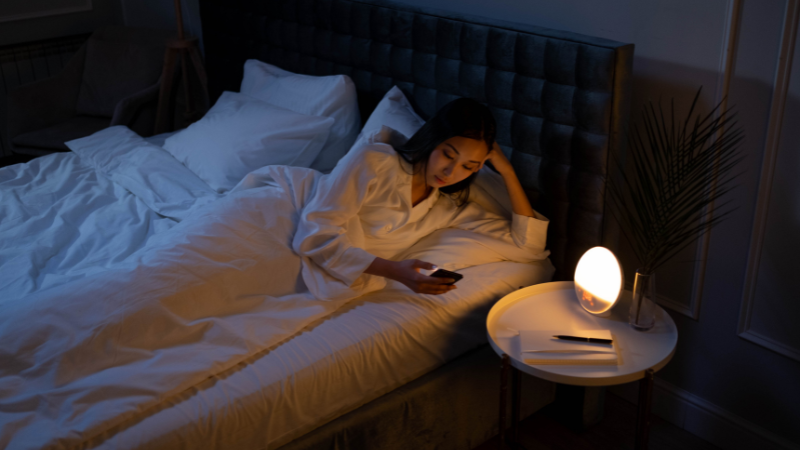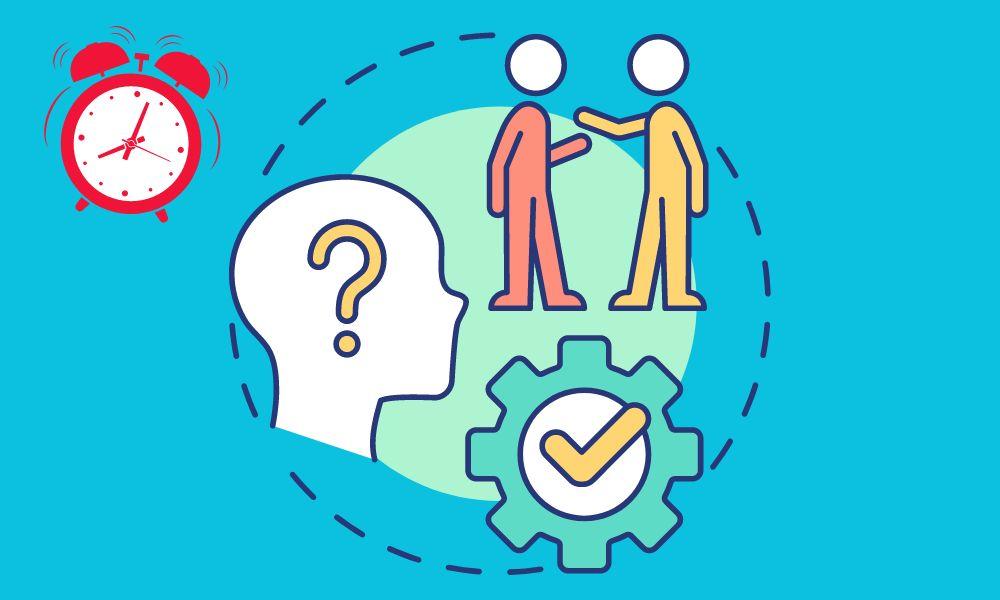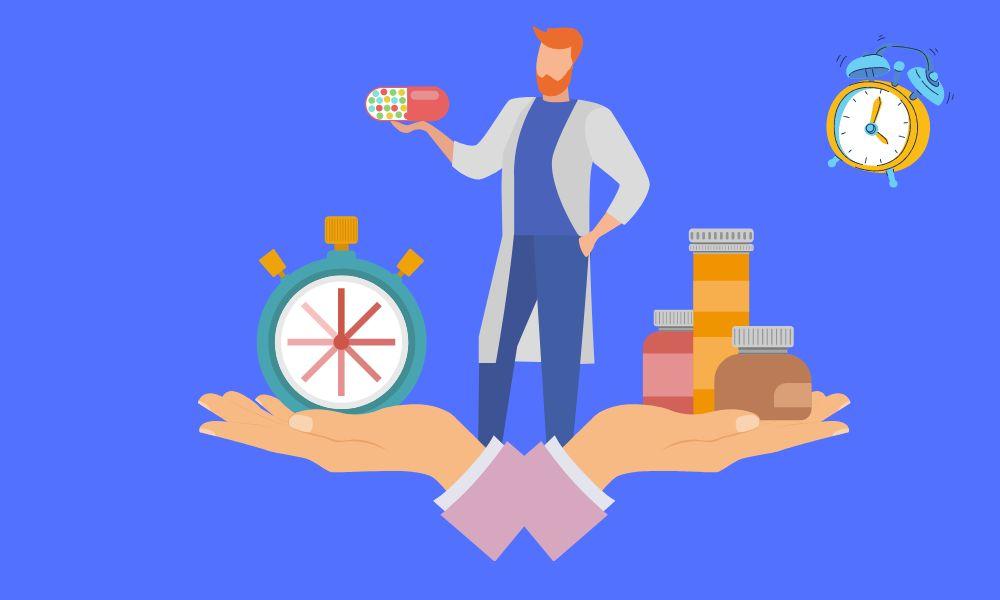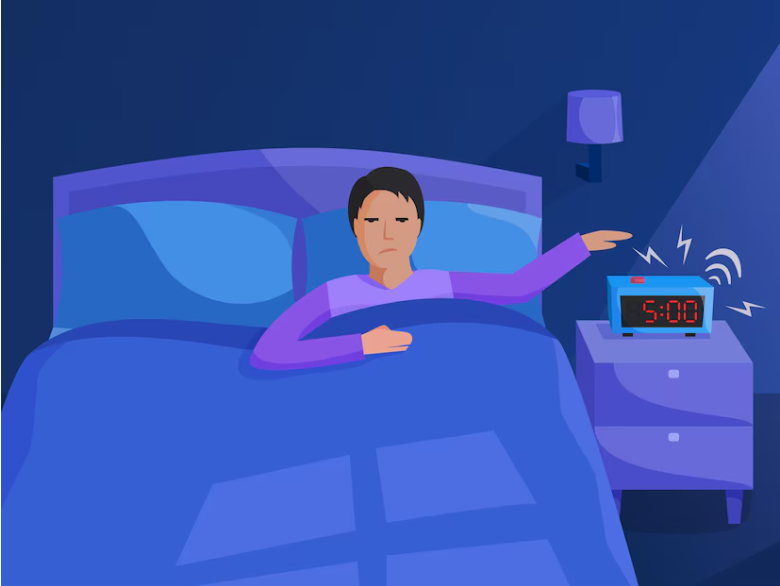
What is the first-line treatment for insomnia:- Insomnia is a prevalent sleep disorder characterized by difficulty falling asleep, staying asleep, or experiencing restorative sleep, despite adequate opportunities. This condition can lead to significant daytime impairments, including fatigue, mood disturbances, and cognitive difficulties—factors contributing to insomnia range from stress and irregular sleep schedules to medical conditions and certain medications.
First-Line Treatment: Cognitive Behavioral Therapy for Insomnia (CBT-I)
The American Academy of Sleep Medicine recommends nonpharmacologic approaches as the first-line treatment for insomnia. Among these, Cognitive Behavioral Therapy for Insomnia (CBT-I) stands out for its efficacy. CBT-I is a structured program that helps individuals identify and replace thoughts and behaviors that cause or worsen sleep problems with habits that promote sound sleep. Unlike sleeping pills, CBT-I addresses the underlying causes of insomnia rather than just the symptoms.
Key Components of CBT-I:
- Stimulus Control: This technique involves associating the bed and bedroom with sleep and establishing a consistent sleep-wake schedule. For instance, going to bed only when sleepy and getting out of bed if unable to sleep within 20 minutes can help reinforce the bed as a cue for sleep.
- Sleep Restriction: Limiting the amount of time spent in bed to the actual amount of sleep achieved can increase sleep drive, leading to improved sleep efficiency over time.
- Relaxation Training: Techniques such as deep breathing, progressive muscle relaxation, and mindfulness meditation can reduce pre-sleep anxiety and arousal, facilitating the onset of sleep.
- Cognitive Therapy: This involves identifying and challenging unhelpful beliefs and attitudes about sleep, replacing them with more adaptive thoughts.
Effectiveness of CBT-I
CBT-I has been shown to improve sleep in 75-80% of patients with chronic insomnia and reduces or eliminates the need for sleeping pills in 90% of patients. Studies have demonstrated that CBT-I is more effective than pharmacological treatments in the long term, with benefits that persist well after the therapy has concluded. Moreover, CBT-I has no significant side effects, making it a safe and sustainable option for managing insomnia.
Pharmacologic Treatments: The Role of Zopiclone
While CBT-I is the preferred initial treatment, pharmacologic interventions may be considered when nonpharmacologic methods are insufficient or impractical. Zopiclone is a non-benzodiazepine hypnotic agent used for the short-term treatment of insomnia. It works by modulating benzodiazepine receptors, thereby enhancing the effects of gamma-aminobutyric acid (GABA), a neurotransmitter that promotes sleep.
Considerations for Zopiclone Use:
- Short-Term Use: Zopiclone is typically prescribed for short durations to minimize the risk of dependence and tolerance.
- Side Effects: Common side effects include a bitter taste, dry mouth, and drowsiness. It’s important to avoid activities that require full alertness, such as driving, until you know how Zopiclone affects you.
- Precautions: Zopiclone should be used with caution in individuals with a history of substance abuse, respiratory issues, or liver impairment. It’s essential to follow the prescribing doctor’s instructions and not to exceed the recommended dose.
Tips for Improving Sleep Hygiene
In addition to formal treatments, adopting good sleep hygiene practices can significantly enhance sleep quality:
- Maintain a Consistent Sleep Schedule: Go to bed and wake up at the same time every day, even on weekends.
- Create a Restful Environment: Ensure your bedroom is quiet, dark, and cool. Consider using earplugs, eye shades, or white noise machines if needed.
- Limit Exposure to Screens Before Bed: The blue light emitted by phones, tablets, and computers can interfere with the production of melatonin, a hormone that regulates sleep.
- Avoid Stimulants: Refrain from consuming caffeine or nicotine in the evening, as they can disrupt sleep patterns.
- Engage in Regular Physical Activity: Regular exercise can promote better sleep, but try to avoid vigorous activity close to bedtime.
Extra Tips for Better Sleep
- Mind Your Diet: Avoid heavy or large meals within a couple of hours of bedtime. Spicy or acidic foods can cause discomfort and indigestion, affecting sleep.
- Limit Naps: While short naps can be beneficial, long or irregular napping during the day can negatively affect nighttime sleep.
- Manage Worries: Consider jotting down what’s on your mind and then setting it aside for tomorrow. This can help prevent stress from interfering with your sleep.
Frequently Asked Questions (FAQ)
Q: What is the most effective treatment for chronic insomnia?
A: Cognitive Behavioral Therapy for Insomnia (CBT-I) is considered the most effective first-line treatment for chronic insomnia. It addresses the underlying causes of insomnia through behavioral and cognitive techniques.
Q: How long does CBT-I take to show results?
A: CBT-I typically involves multiple sessions over several weeks. Many individuals begin to notice improvements in their sleep patterns within a few weeks, with significant benefits often observed by the end of the therapy.
Q: Is Zopiclone safe for long-term use?
A: Zopiclone is generally prescribed for short-term use due to the potential for dependence and tolerance. Long-term use is not typically recommended without careful medical supervision.
Q: Can lifestyle changes improve insomnia?
A: Yes, adopting good sleep hygiene practices, such as maintaining a consistent sleep schedule, creating a restful environment, and avoiding stimulants before bedtime, can significantly improve sleep quality.
Q: Are there any risks associated with CBT-I?
A: CBT-I is a safe and effective treatment with no significant side effects. However, it requires active participation and commitment from the individual, and some may find the behavioral changes challenging initially.
Conclusion
Insomnia is a complex condition that can significantly impact an individual’s quality of life. Addressing it effectively requires a comprehensive approach that targets both the mind and body. Cognitive Behavioral Therapy for Insomnia (CBT-I) stands as the first-line treatment, offering sustainable improvements by reshaping the thoughts and behaviors that hinder sleep. Its efficacy is well-documented, with a substantial proportion of individuals experiencing significant relief from their symptoms.
However, there are instances where pharmacologic interventions become necessary. Zopiclone, a non-benzodiazepine hypnotic agent, serves as a valuable tool in the short-term management of insomnia. It functions by modulating benzodiazepine receptors, thereby enhancing the effects of gamma-aminobutyric acid (GABA), a neurotransmitter that promotes sleep. This mechanism helps individuals fall asleep more readily and maintain sleep throughout the night.
When considering Zopiclone, it’s imperative to do so under the guidance of a qualified healthcare professional. The medication is typically prescribed for short durations to minimize the risk of dependence and tolerance. Patients should be informed about potential side effects, such as a bitter taste, dry mouth, and drowsiness. It’s also crucial to assess individual health profiles, as Zopiclone should be used with caution in those with a history of substance abuse, respiratory issues, or liver impairment.
Author Details




Medical content by qualified psychiatrists
Our editorial policy

Zopiclone precautions Read our potential abuse notice

Looking for a seller? Locate the best Zopiclone vendor






